The Goliath Birdeater tarantula (Theraphosa blondi) is one of the largest spiders in the world, and its imposing size and appearance often lead to questions about its danger to humans. While not typically aggressive, understanding the potential risks associated with this creature is crucial for anyone who encounters it, whether in the wild or in captivity. This article delves into the characteristics, behaviors, and potential dangers of the Goliath Birdeater, providing you with the knowledge to identify and manage interactions with this impressive arachnid.
What is the Goliath Birdeater Tarantula?
The Goliath Birdeater tarantula, named for its impressive size and historical accounts of it consuming small birds (though this is rare), is a formidable spider native to the rainforests of northern South America. Its scientific name, Theraphosa blondi, reflects its classification within the Theraphosidae family. Known for its large size and impressive fangs, it captures the attention of both arachnid enthusiasts and those with a general interest in wildlife. Its existence in the wild underscores the importance of preserving its natural habitat, which has been impacted by deforestation and habitat loss.
Appearance and Characteristics
Size and Physical Features
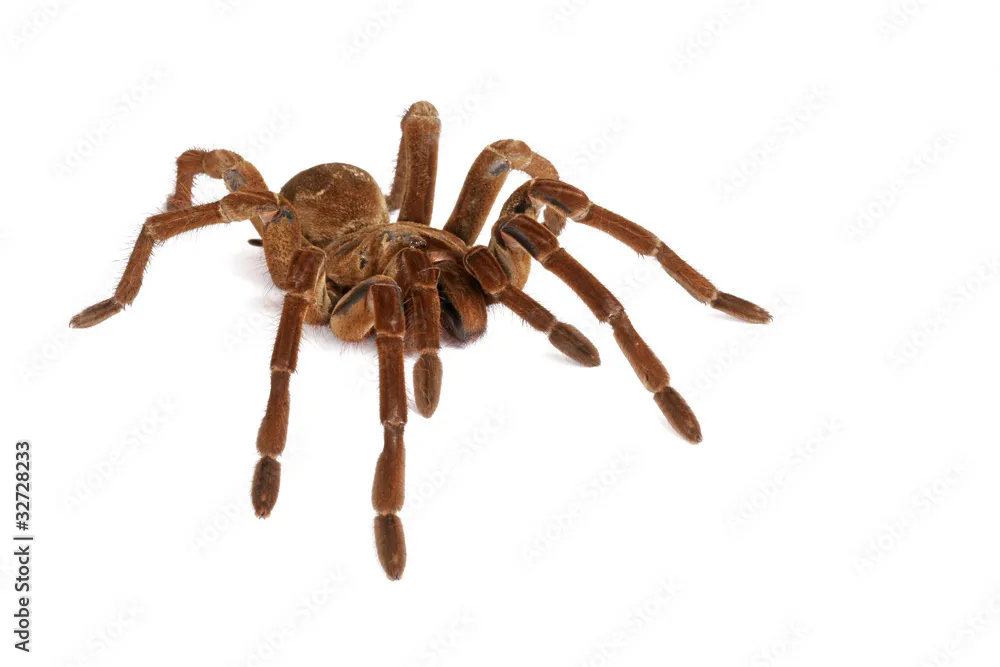
The Goliath Birdeater is renowned for its massive size, with leg spans that can reach up to 12 inches (30 cm) or more. Its body is covered in dense, reddish-brown to dark-brown hairs, giving it a fuzzy appearance. The chelicerae (fangs) are large and powerful, designed to subdue prey. Their physical characteristics reflect their predatory lifestyle and contribute to the spider’s imposing presence. Their substantial size, combined with their robust physique, makes them one of the largest and most impressive spiders known to exist.
Habitat and Distribution of Goliath Birdeater Tarantula
Where They Live
Goliath Birdeater tarantulas are primarily found in the rainforests and swamps of northern South America. They are native to countries like Guyana, Suriname, French Guiana, and parts of Brazil and Venezuela. Their habitat choice is driven by the need for moist environments and abundant prey. They generally live in burrows, either those they dig themselves or abandoned animal burrows, where they feel secure from predators and can ambush unsuspecting prey. Their existence is closely linked to these specific geographic and ecological conditions.
Natural Habitat
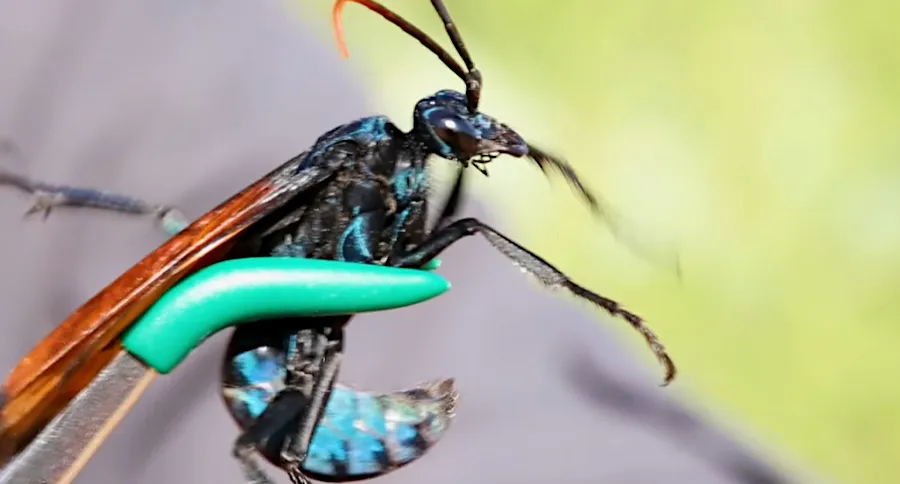
In their natural habitat, Goliath Birdeater tarantulas prefer humid environments with high ground moisture. They construct burrows in the earth, often under tree roots or near fallen logs, where they can regulate their body temperature and humidity levels. The presence of abundant leaf litter and vegetation provides camouflage and a hunting ground for various insects, small mammals, and other prey items. The health of the ecosystem and the presence of appropriate sheltering sites are key factors in their survival. (Image: goliath-birdeater-habitat.webp)
Is the Goliath Birdeater Tarantula Dangerous to Humans?
The Goliath Birdeater tarantula possesses several defensive mechanisms, including their large fangs and urticating hairs, that can pose a threat to humans. The extent of the danger is often misunderstood, as it differs significantly from the highly venomous spiders that can cause severe health complications. Understanding the tarantula’s defenses, alongside the potential effects, is essential to assess their true danger level.
Venom Toxicity and Effects
The venom of the Goliath Birdeater is generally considered not life-threatening to humans. The primary effects of a bite are typically localized pain, muscle cramps, and some swelling at the bite site. However, the severity of the reaction can depend on individual sensitivities and the amount of venom injected. Although fatalities from Goliath Birdeater bites are exceedingly rare, the physical trauma and discomfort from the bite and the large fangs can be significant. (Image: goliath-birdeater-bite.webp)
Bite Symptoms and Treatment
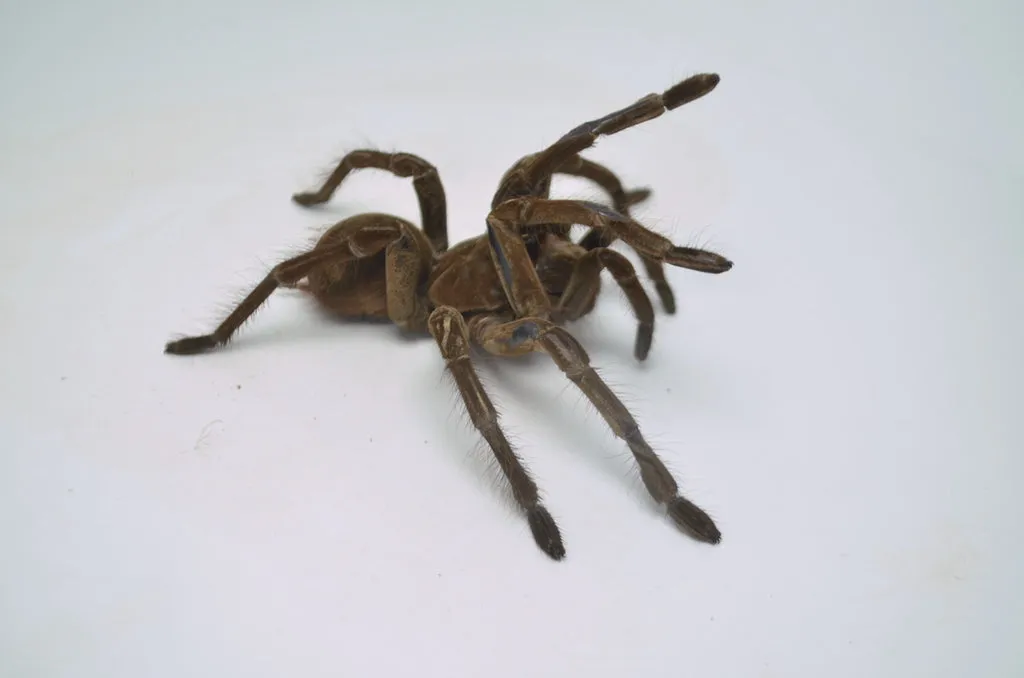
If bitten, the symptoms can include intense pain, redness, and swelling around the bite area. Muscle cramps, nausea, and in rare cases, more severe allergic reactions can also occur. The treatment involves cleaning the wound, applying a cold compress, and taking over-the-counter pain relievers as needed. Seeking medical attention is recommended if symptoms worsen or if there are signs of an allergic reaction or secondary infection. Proper medical care can significantly reduce the severity of the symptoms and potential complications.
Defensive Behaviors
The Goliath Birdeater exhibits various defensive behaviors to protect itself from perceived threats. One of these is the use of urticating hairs, which the spider flicks off its abdomen toward potential aggressors. These tiny hairs can cause intense skin irritation and itchiness. Additionally, they will often raise their front legs and display their fangs as a warning. They might also hiss or make a stridulating sound by rubbing their legs together, adding to their intimidation factor. (Image: goliath-birdeater-defensive.webp)
Hair-like Setae and Irritation
Urticating hairs are small, barbed hairs located on the tarantula’s abdomen that can cause significant skin irritation upon contact. These hairs, when airborne or physically disturbed, can become embedded in the skin, leading to itching, redness, and inflammation. If the hairs come in contact with the eyes, they can cause severe irritation and potential corneal damage. (Image: goliath-birdeater-irritation.webp)
How to Spot a Dangerous Goliath Birdeater Tarantula

Recognizing Aggressive Behavior
Identifying aggressive behaviors is crucial for avoiding potentially dangerous interactions. A Goliath Birdeater might display aggression by raising its front legs, exposing its fangs, and hissing. It may also rapidly move around its enclosure or appear agitated. It is important to recognize these warning signs and maintain a safe distance. (Image: goliath-birdeater-2.webp)
Signs of Distress
A distressed Goliath Birdeater might exhibit behaviors like erratic movements, refusal to eat, or repeatedly attempting to escape its enclosure. This can be caused by environmental stressors such as inappropriate temperature or humidity levels, or inadequate shelter. Recognizing the signs of distress is important for the tarantula’s well-being. If a tarantula is showing signs of distress, consult a specialist in tarantula care.
Safety Measures and Precautions
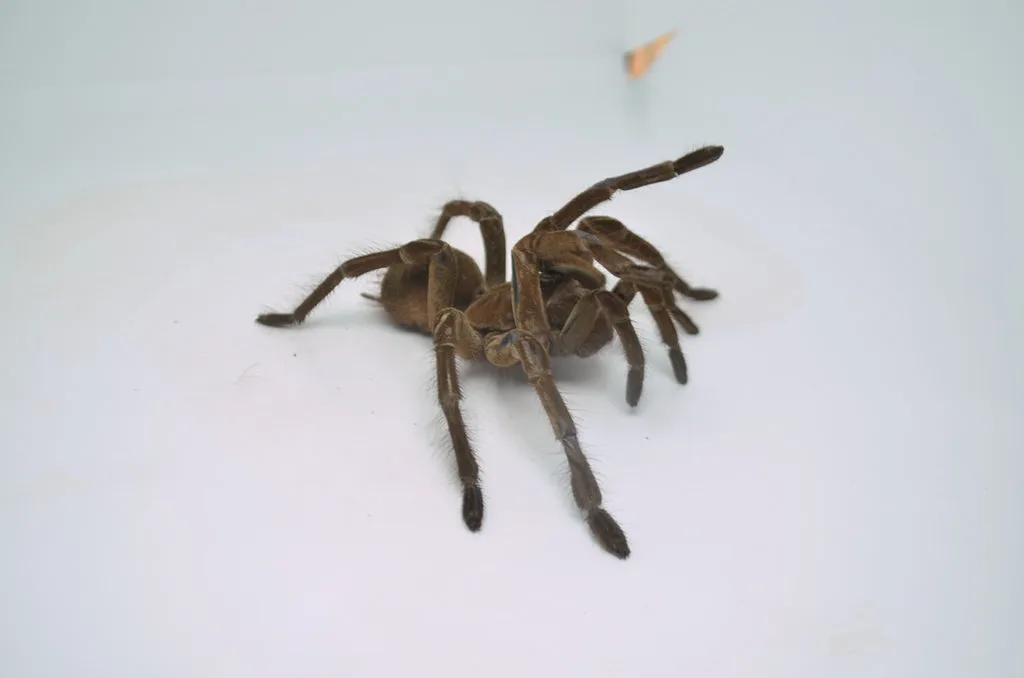
Handling and Interaction Guidelines
Handling a Goliath Birdeater tarantula should be avoided unless absolutely necessary, and even then, should only be done by experienced individuals. When handling, always do so with extreme caution, and never try to grab or startle the spider. Using tools like long forceps to gently guide it is recommended. Always wash your hands before and after any interaction and be prepared for possible defensive behaviors like the flicking of urticating hairs. (Image: goliath-birdeater-handling.webp)
First Aid for Bites and Irritation
If bitten, immediately clean the wound with soap and water. Apply a cold compress to reduce pain and swelling. If you experience severe symptoms or if the pain is intense, seek medical attention. For irritation from urticating hairs, wash the affected area thoroughly, and use adhesive tape to remove any embedded hairs. Antihistamines may help to relieve itching. (Image: goliath-birdeater-1.webp)
Conclusion
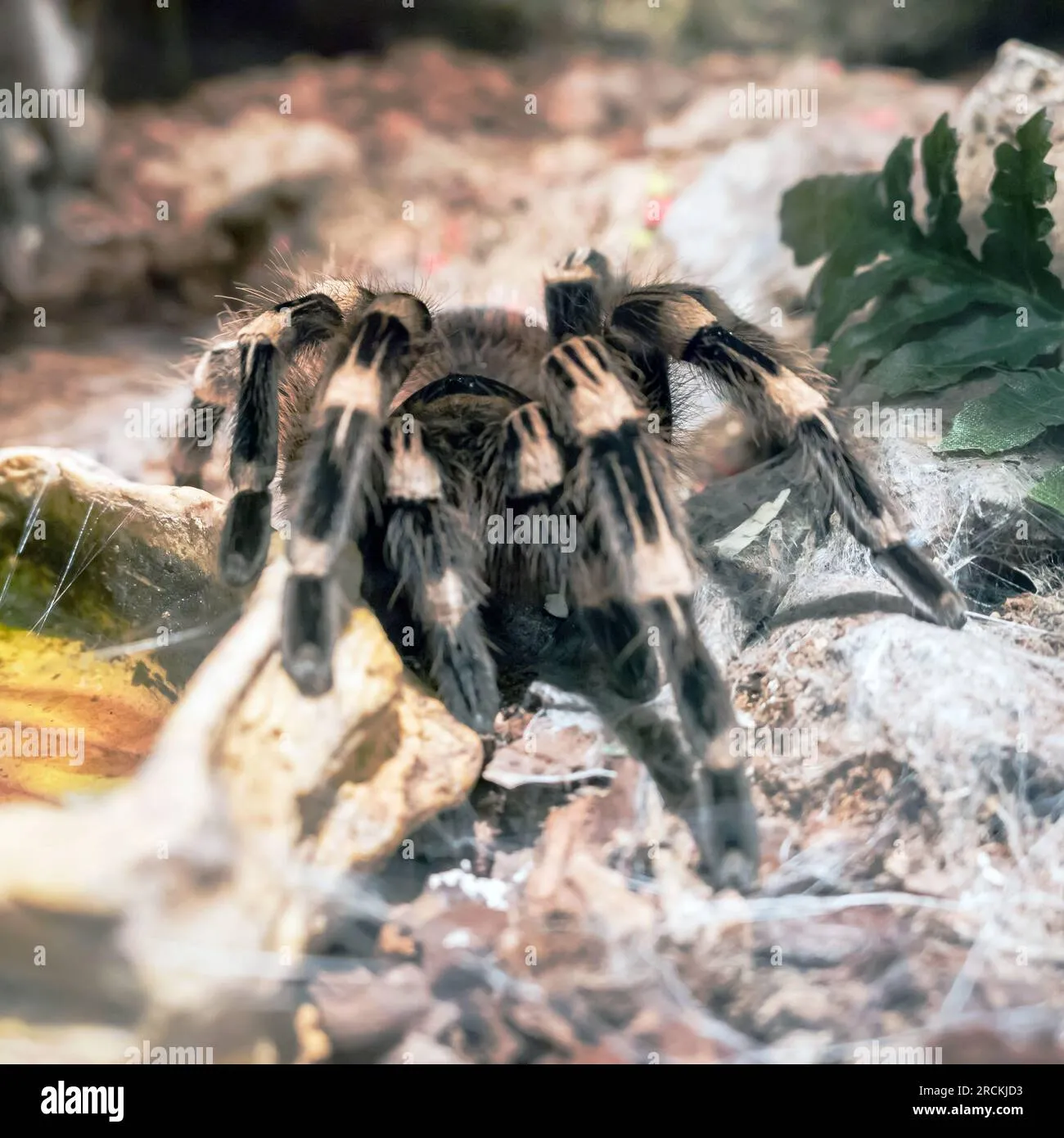
While the Goliath Birdeater tarantula is not as dangerous as some other venomous creatures, its size and defenses make it a formidable animal to encounter. Understanding its behaviors, recognizing potential risks, and following safety precautions can help people appreciate this unique species without putting themselves in harm’s way. Responsible ownership and respect for their natural behaviors are key to ensuring both human and tarantula well-being.
